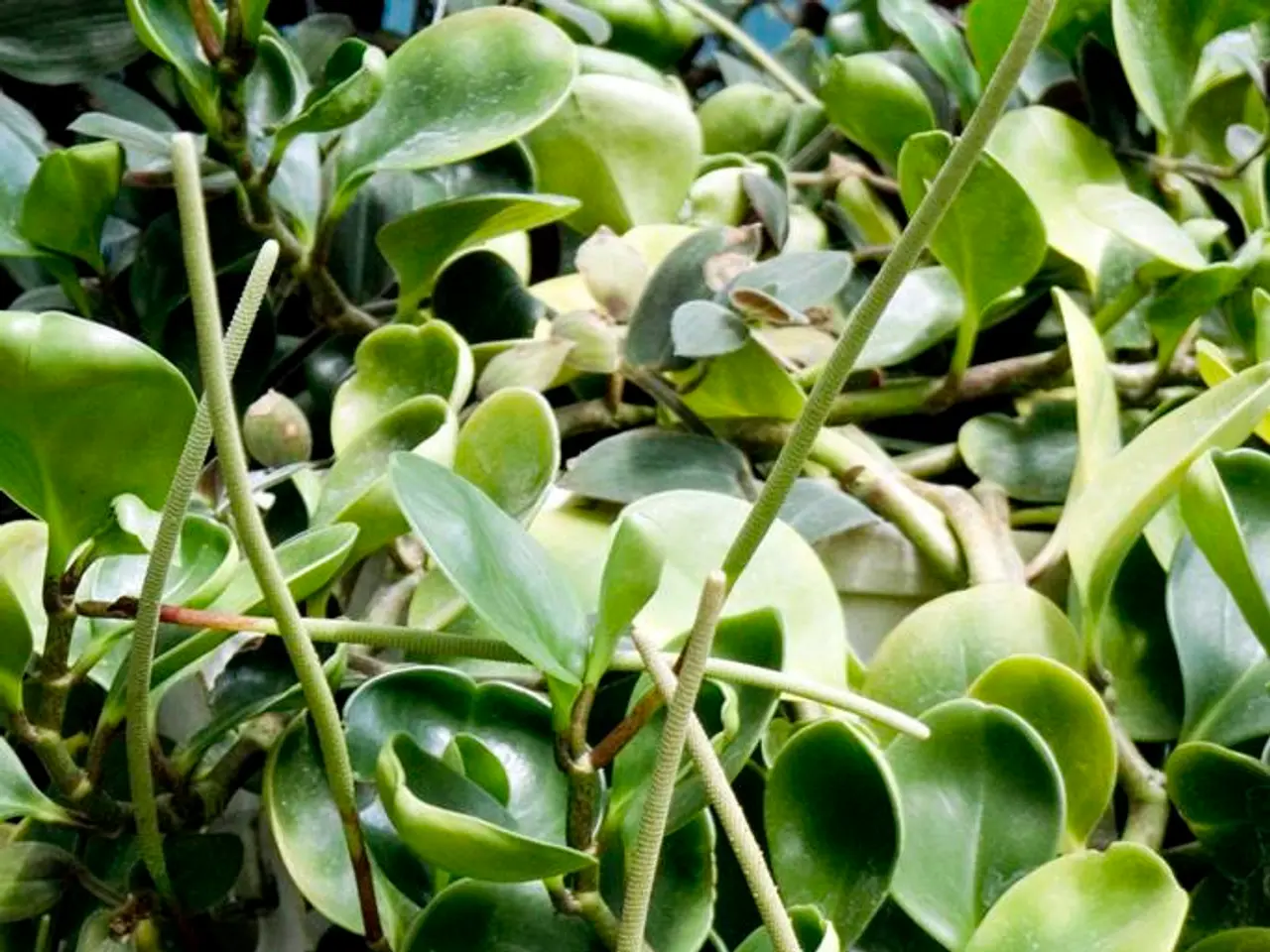Domestically Employing Rainwater Collection Methods for Personal Gardens
Rainwater harvesting is an eco-friendly solution that has gained popularity in recent years. This ancient practice, adapted to specific climatic and topographical conditions, has its roots in water engineering from the ancient and medieval periods.
In modern times, rainwater harvesting is making a comeback, particularly in green building contexts across Germany, Australia, and the United States. This historical approach, which includes open reservoirs in mountainous regions and groundwater channeling systems like qanats in South Asia, has influenced contemporary practices.
One of the key benefits of rainwater harvesting is its positive impact on plants. Rainwater is superior to tap water, promoting healthier growth and making gardens more resilient to drought and climate changes. By incorporating rainwater into the soil, a self-sustaining system is created, saving water and feeding the soil.
Cisterns, which can be placed above or below ground, are a popular choice for rainwater harvesting. Underground tanks offer protection from frost, while larger systems, like a 600-gallon cistern, can handle almost an inch of rain, and a 1500-gallon cistern can hold up to 2 inches of rain.
Incorporating greywater systems with rainwater harvesting makes home gardens even more water-efficient. Greywater, which is the relatively clean waste water from baths, sinks, washing machines, and other kitchen appliances, is rich in nutrients and can be used to water plants. Greywater harvesting uses nature to clean water, without chemicals or energy, through the process of plants and microorganisms filtering out nutrients and bacteria.
Rainwater harvesting offers numerous environmental benefits. It eases the pressure on our water sources, helping groundwater and lakes to replenish and stay healthy. By infiltrating up to 90% of rain events, rain gardens, bioretention gardens, bioswales, and stormwater planters play a crucial role in reducing stormwater burden.
Moreover, rainwater harvesting is a significant step towards a greener home. It provides a free, clean water source, promotes self-sufficiency, and is better for plants. By cutting down on the need for treated water, saving money and resources, and helping the environment, rainwater harvesting is a big step towards sustainability.
Adding a garden pond or water feature to your landscape is another great way to collect rainwater. Rainwater-fed garden ponds bring many benefits, including attracting wildlife and helping cool the area through evapotranspiration.
Incorporating rainwater harvesting into home gardening not only saves water but also boosts water self-sufficiency and resilience, especially in dry or water-scarce areas. With the right systems in place, such as filters, overflow systems, and water level sensors, rainwater harvesting systems can be improved to meet the needs of any garden.
In conclusion, rainwater harvesting is a practical and eco-friendly solution for homeowners looking to reduce their environmental footprint and save on water bills. By embracing this ancient practice, we can create a more sustainable future for our planet.








